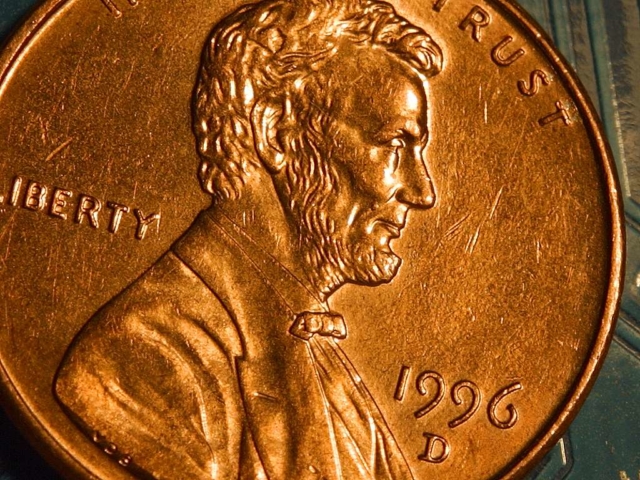Zinc prices are making the cost of making the U.S. one cent coin more expensive than value of the coin itself. It’s led to calls to retire the penny from circulation. CCTV America’s Owen Fairclough reports.
Follow Owen Fairclough on Twitter @cloughieDC
Our Panel:
- Mark Weller: Executive Director, Americans for Common Cents
- Jeff Gore: Citizens to Retire the U.S. Penny
Here are some Fun Facts about the 1943 U.S. penny:
Did You Know…..
- The 1943 copper-alloy cent is one of the most idealized and potentially one of the most sought-after items in American numismatics (the study or collection of currency, including coins, tokens, paper money, and related objects)?
- Approximately forty 1943 copper-alloy cents are known to remain in existence?
- The highest amount paid for a 1943 copper cent was $82,500 in 1996? Because of its collector value, the 1943 copper cent has been counterfeited by coating steel cents with copper or by altering the dates of 1945, 1948, and 1949 pennies.
- The easiest way to determine if a 1943 cent is made of steel, and not copper, is to use a magnet? If it sticks to the magnet, it is not copper. If it does not stick, the coin might be of copper and should be authenticated by an expert.
(Penny facts provided by the American Numismatic Association)
The Composition of the Cent
Following is a brief chronology of the metal composition of the cent coin (penny): The composition was pure copper from 1793 to 1837.
From 1837 to 1857, the cent was made of bronze (95 percent copper, and five percent tin and zinc). From 1857, the cent was 88 percent copper and 12 percent nickel, giving the coin a whitish appearance.
The cent was again bronze (95 percent copper, and five percent tin and zinc) from 1864 to 1962. (Note: In 1943, the coin’s composition was changed to zinc-coated steel.
This change was only for the year 1943 and was due to the critical use of copper for the war effort. However, a limited number of copper pennies were minted that year.
In 1962, the cent’s tin content, which was quite small, was removed. That made the metal composition of the cent 95 percent copper and 5 percent zinc.
The alloy remained 95 percent copper and 5 percent zinc until 1982, when the composition was changed to 97.5 percent zinc and 2.5 percent copper (copper-plated zinc). Cents of both compositions appeared in that year.
(Chronology of the cent provided by the United States Mint)
STATEMENT BY THE U.S. MINT ON THE COST OF THE PENNY:
“The Mint does not purchase raw material directly to produce penny blanks. Instead, the Mint has a contract with Jarden Zinc Products of Greeneville, Tennessee. Jarden provides the Mint pre-fabricated blanks which are shipped to our Mints in Philadelphia and Denver. Pennies are then produced from the blanks. The contract with Jarden is based on a fixed fabrication price for the blanks with an adjusted monthly price of metals (both zinc and copper). Accordingly, we reimburse Jarden based on the prior month’s average LME zinc spot price and the prior month’s COMEX average copper spot price.
An increase—or similarly, a decrease—in the price of either zinc or copper could affect the cost of a producing a penny. In spite of the rising cost of zinc, we have been able to bring down the cost of producing a penny from 2.4 cents in 2011 to about 1.6 cents this year (although we have a month to go before the fiscal year closes). We have accomplished bringing the cost of the penny down by undertaking various workforce efficiencies (e.g., going to 2 shifts and 10-hour workdays 4 days/week).”
- Click to share on Facebook (Opens in new window) Facebook
- Click to share on X (Opens in new window) X
- Click to share on Instagram (Opens in new window) Instagram
- Click to share on LinkedIn (Opens in new window) LinkedIn
- Click to share on Reddit (Opens in new window) Reddit
- Click to print (Opens in new window) Print
 CGTN America
CGTN America U.S. Penny (Public Domain Image)
U.S. Penny (Public Domain Image)

